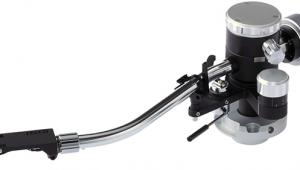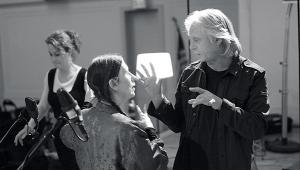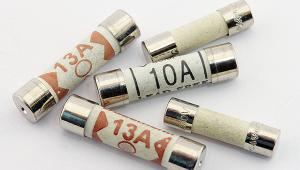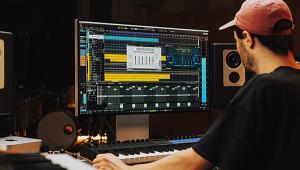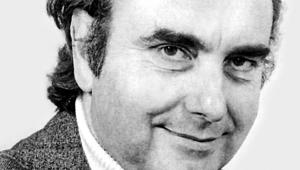Return On Investment

An enduring bit of wisdom cautions against extravagant purchases – the must-have new car, for example, that loses 20% of its value the moment it’s driven off the dealer’s lot. Something similar happens with high-end audio, but worse, because were you to try selling your latest cost-be-damned amplifier or ultra-performance DAC two weeks post-purchase, you’d be dismayed to learn that you might recover only 50% or so of what you paid.
Yes, the rule of thumb is that, on the used market, most audio gear is worth about half its original retail price. And that’s if it’s relatively recent and in demand. If not, then 30% of retail is probably a more realistic target.
Lossless Audio
This is why budget-conscious audiophiles haunt trade shows and try to develop relationships in the industry – so they can buy at wholesale rather than retail and thereby avoid heavy losses when the urge to upgrade later strikes. Some even dabble in used equipment as a sort of hobby business, a way to subsidise their involvement in what can be a money pit.
That’s not to say that a used-equipment business can’t be profitable. A friend in Las Vegas does quite well with it, specialising in heavyweight amps, speakers and well-known digital gear – almost all of it 21st century vintage. He avoids anything with potential mechanical quirks or the need for an ace technician on staff. That means no turntables or tape decks. He’s also in a geographical market noted for wildly fluctuating personal fortunes. He keeps a lot of cash on hand and never overpays for anything. Key to success: buy low, sell high, as the old adage has it.
A livelong devotee of flea markets, estate sales, and charity shops, I’ve done my share of small-scale transactions. The winners stand out, of course: the early ’60s Scott receiver, for example, that I bought for $5 and sold for $300 to a cross-country buyer who for weeks became my online best friend as he shared details of replacing every capacitor, lamp, and tube socket.
Then there was the McIntosh FM tuner that I bought in a thrift store in San Francisco’s Japantown for $65 and ultimately sold to a guy in Denver for $2000. The topper was a big beefy name-brand power amp with severe distortion in one channel. I bought it from its distraught owner for $300 and stored it under my workbench for months until I found the enthusiasm to fix it. A couple of new small-signal transistors on the input board eventually put $3000 in my pocket.
In It For The Long Haul
Such minor victories might sound impressive, but when you factor in the hundreds of hours spent searching online and off for bargains, and the many purchases that proved foolhardy, the return on this kind of investment is comically low. A more realistic example is the pallet of amplifiers, maybe two dozen in all, still in their factory packaging, that I bought at a bankruptcy sale. Break-even came when half the lot was sold; actual profitability, if we can call it that, was still months down the line.
Hi-Fi History
I’ve spent decades watching Antiques Roadshow, both the British and American versions, and continue to be amazed by how much I don’t know about exotic watches, rare guitars, ancient toys, old books, and third-tier artists whose work fetches five and six figures at auction. In all that time, I have never seen one piece of audio gear brought to the show for evaluation – a few rare records, yes, but not one Edison cylinder player, hand-crank Victrola, tabletop radio, turntable, or tape recorder. Not one.
There are good reasons for that. In the whole history of audio there are probably only a half-dozen products that have sold used above their original retail prices, and only two or three that have ever gained value. Sobering, isn’t it?
